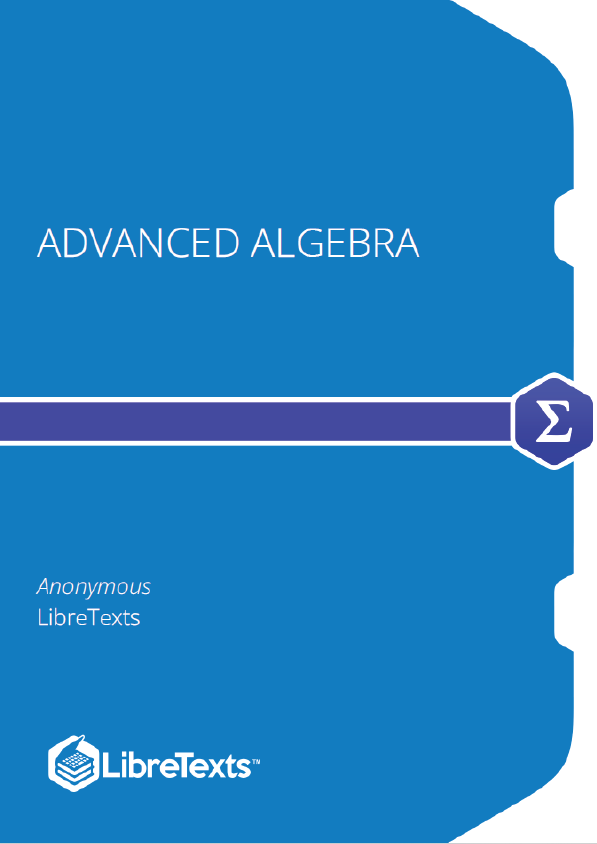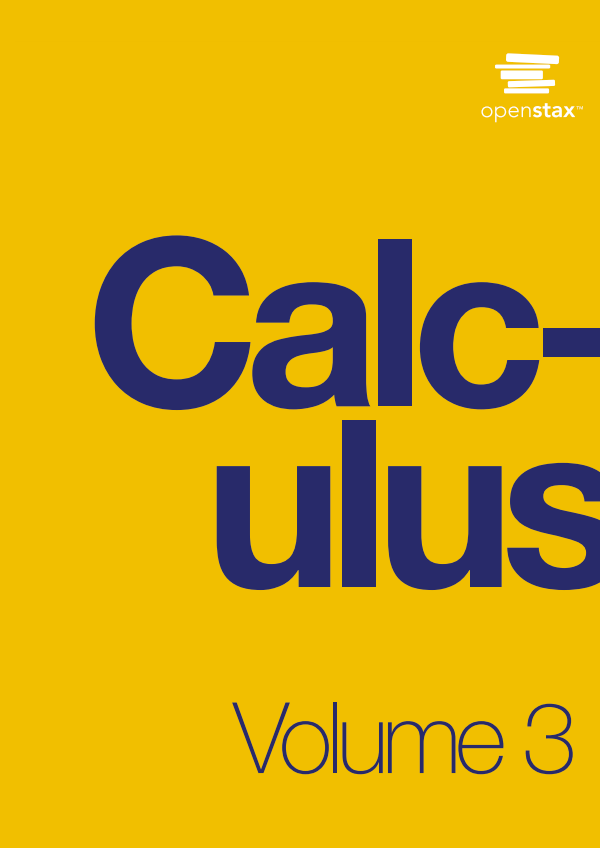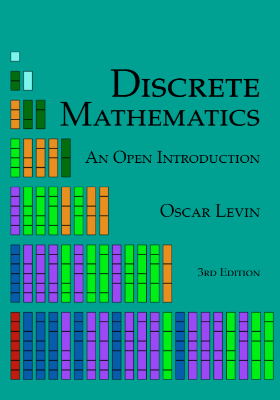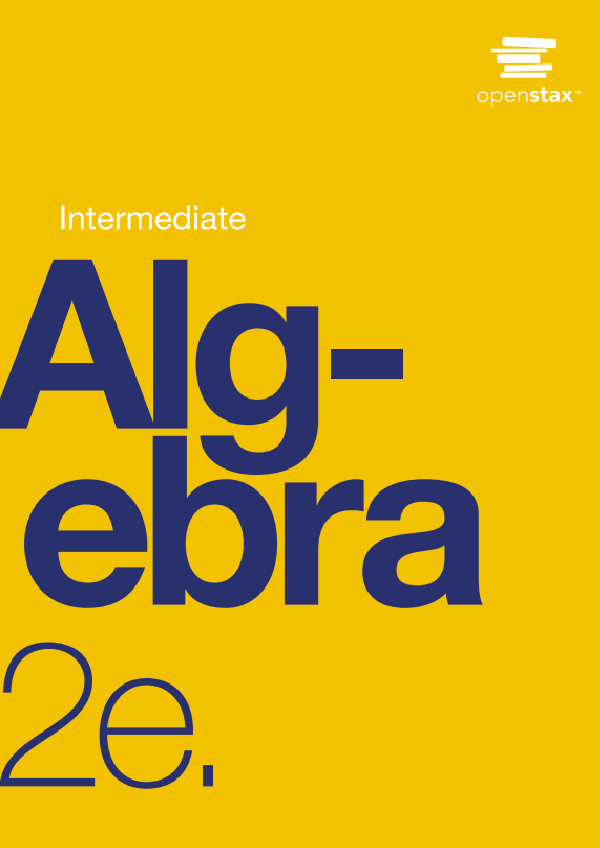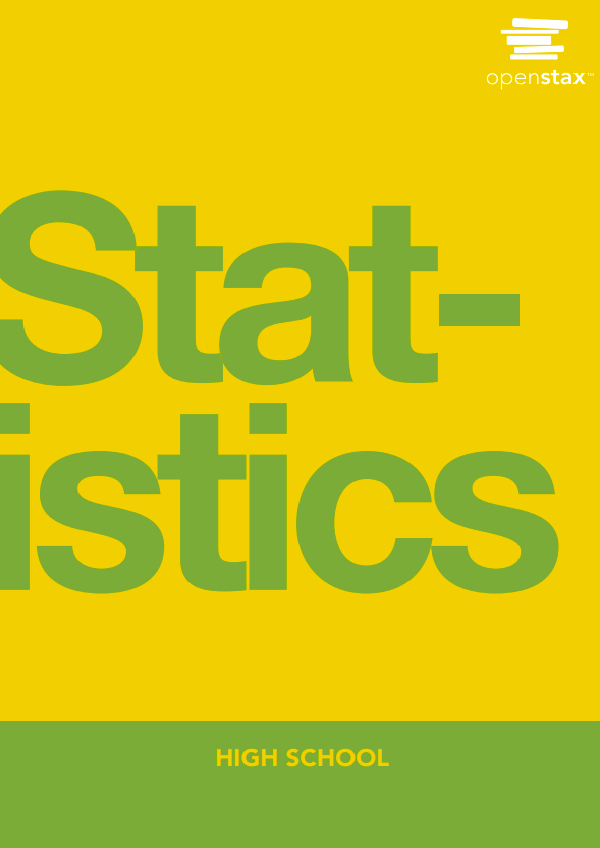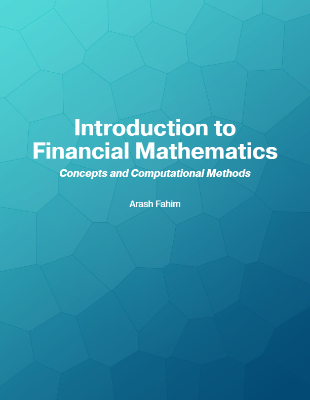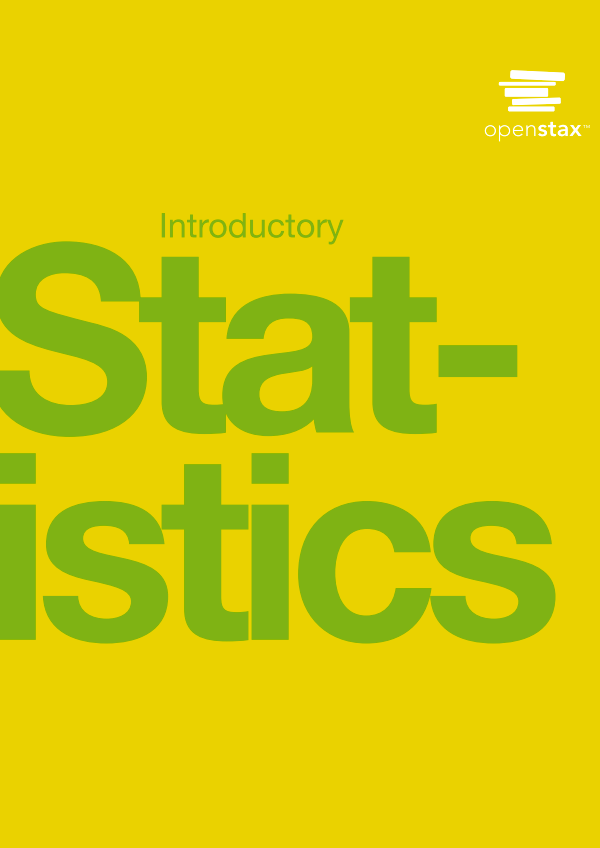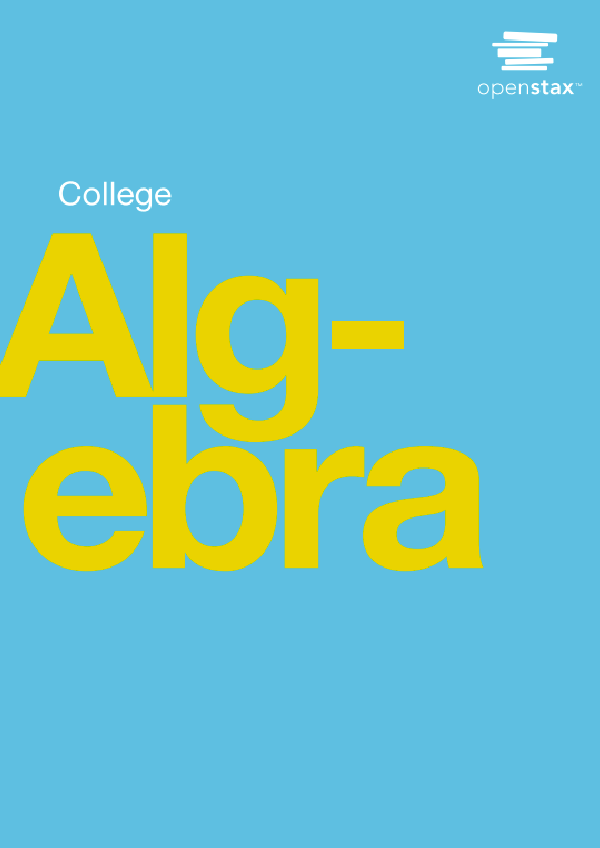Intermediate Algebra is the second part of a two-part course in Algebra. Written in a clear and concise manner, it carefully builds on the basics learned in Elementary Algebra and introduces the more advanced topics required for further study of applications found in most disciplines. Used as a standalone textbook, it offers plenty of review as well as something new to engage the student in each chapter. Written as a blend of the traditional and graphical approaches to the subject, this textbook introduces functions early and stresses the geometry behind the algebra. While CAS independent, a standard scientific calculator will be required and further research using technology is encouraged.
Intermediate Algebra clearly lays out the steps required to build the skills needed to solve a variety of equations and interpret the results. With robust and diverse exercise sets, students have the opportunity to solve plenty of practice problems. In addition to embedded video examples and other online learning resources, the importance of practice with pencil and paper is stressed. This text respects the traditional approaches to algebra pedagogy while enhancing it with the technology available today. In addition, Intermediate Algebra was written from the ground up in an open and modular format, allowing the instructor to modify it and leverage their individual expertise as a means to maximize the student experience and success.
The importance of Algebra cannot be overstated; it is the basis for all mathematical modeling used in all disciplines. After completing a course sequence based on Elementary and Intermediate Algebra, students will be on firm footing for success in higher-level studies at the college level.
Real Numbers
Algebra is often described as the generalization of arithmetic. The systematic use of variables , letters used to represent numbers, allows us to communicate and solve a wide variety of real-world problems. For this reason, we begin by reviewing real numbers and their operations.
A set is a collection of objects, typically grouped within braces , where each object is called an element . When studying mathematics, we focus on special sets of numbers.
Strict inequalities imply that solutions may get very close to the boundary point, in this case , but not actually include it. Denote this idea with an open dot on the number line and a round parenthesis in interval notation. The symbol is read as “negative infinity ” and indicates that the set is unbounded to the left on a number line. Infinity is a bound to the real numbers, but is not itself a real number: it cannot be included in the solution set and thus is always enclosed with a parenthesis. Interval notation is textual and is determined after graphing the solution set on a number line. The numbers in interval notation should be written in the same order as they appear on the number line, with smaller numbers in the set appearing first. Set notation, sometimes called set-builder notation, allows us to describe the set using familiar mathematical notation. For example, Here, describes the type of number. This implies that the variable x represents a real number. The statement is the condition that describes the set using mathematical notation. At this point in our study of algebra, it is assumed that all variables represent real numbers.
